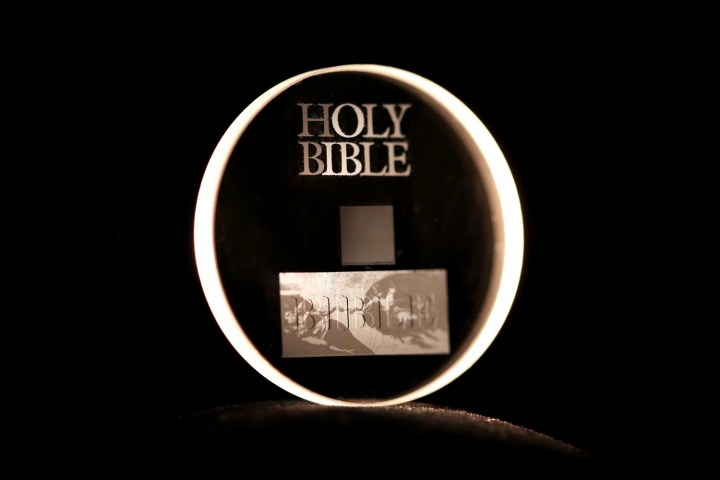
The disk’s nano-structured glass material actively influences the way light passes through the glass layers. Nano-structures modify the light’s polarization so that positive and negative values can be read as rich information. In this particular case, documents are recorded to the glass disk using an ultrafast laser that hits the three layers of nano-structured dots with short, strong light pulses. That’s how information is encoded in five dimensions — the size and orientation of the data is meaningful, in addition to the three dimensional layout of the nano-structures themselves.
According to the disk’s creators, the affectionately named “Superman memory crystal” will last for up to 13.8 billion years at 190 degrees Celsius, and for a virtually unlimited lifetime at room temperature. This technology was successfully demonstrated as part of a 2013 experiment that recorded 300 kilobytes of a text file in five dimensions.
“It is thrilling to think that we have created the technology to preserve documents and information and store it in space for future generations. This technology can secure the last evidence of our civilization: all we’ve learnt will not be forgotten,” said Professor Peter Kazansky from the Optoelectronics Research Center.
Although the Southampton team is still actively looking for industry partners to commercialize the new technology, this particular approach to nano-structured glass data storage is expected to be used by national archives, museums, and libraries. They have already saved versions of the Universal Declaration of Human Rights, Newton’s Opticks, the Magna Carta and the King James Bible in 5D storage, and the possibilities for other kinds of data storage and sharing are quite literally limitless. Any data stored to these disks will outlast us all.


